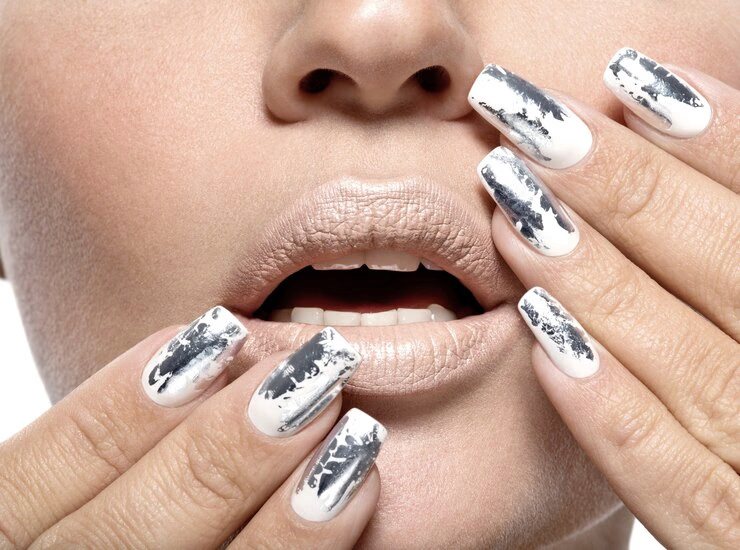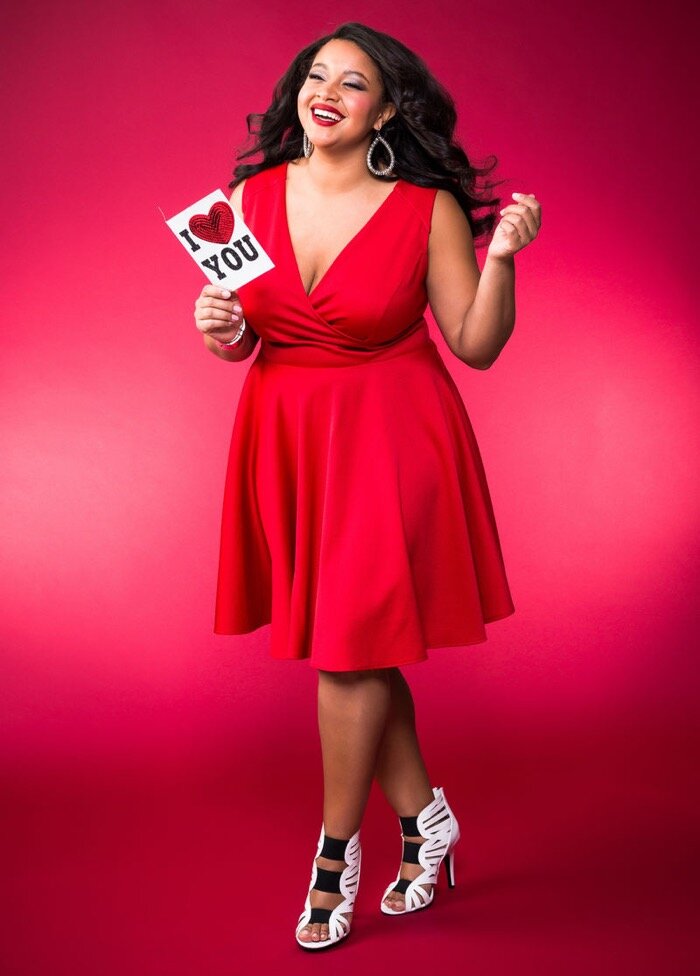by Rory Mycek
 Even if you’re one of the few who always has practiced safe sun protection and are an avid user of SPF, it’s important to have a watchful eye on your skin and protect it year round. Sun damage can happen any time of the year, even in the coldest months. Check your skin once a month on your own and look for any changes or anything that seems suspicious. Self-exams are one of the best ways to catch signs of skin cancer early on so that you can bring suspicious skin activity to your dermatologist’s knowledge, as early detection provides for more chance of a cure. Here are steps you should take for a diligent self-exam and for more info on skin cancer, check out DailyGlow.com.
Even if you’re one of the few who always has practiced safe sun protection and are an avid user of SPF, it’s important to have a watchful eye on your skin and protect it year round. Sun damage can happen any time of the year, even in the coldest months. Check your skin once a month on your own and look for any changes or anything that seems suspicious. Self-exams are one of the best ways to catch signs of skin cancer early on so that you can bring suspicious skin activity to your dermatologist’s knowledge, as early detection provides for more chance of a cure. Here are steps you should take for a diligent self-exam and for more info on skin cancer, check out DailyGlow.com.
What Should You Look For?
To start out make sure you check your whole body and keep your eyes peeled for any new moles, growths, changes in your existing moles and lesions that are itchy, bleeding or fail to heal.
Ask yourself these questions when looking over your body:
• Are my moles asymmetrical?
• Are the borders of my moles uneven?
• Are there several different shades visible in my existing mole?
• Is my mole larger than the size of a pencil eraser?
• Has my mole changed at all (i.e. shape, color, size, raised, irritated)?
If you answered “yes” to one or all of these questions make sure to make an appointment with your dermatologist for a whole body skin exam. Self-checks are necessary, but it’s best to leave the diagnosis up to the professionals once a change has been detected. Besides visiting your doctor for any changes, schedule a yearly exam just to be sure!
How Can I Protect Myself?
The application of SPF is the best way to deter and prevent skin cancers, but choosing a sunscreen can be a daunting task when you take a look at the variety of SPFs on the market. “If you haven’t already, upgrade your daily SPF product to one that contains UVA-protecting ingredients like mexoryl, zinc oxide, or titanium dioxide,” points out Daily Glow. Many sunscreens only protect against UVB rays, which aren’t sufficient enough for full skin protection.
You can also protect your skin by maintaining a diet rich in antioxidants like green tea, beans, and berries. Antioxidants are what help your cells block free radicals that can duplicate in your DNA to cause skin cancers.
Deter Skin Cancer and Look Younger
Preventing skin cancer may be your main goal when you’re thinking about applying SPF and maintaining a diet rich in antioxidants, but it also helps you maintain a youthful complexion. Sun damage accounts for most fine lines, wrinkles and hyperpigmentation. Protecting your skin and preventing the damage can be the best thing for a youthful complexion.
Rory Mycek is a writer for health and beauty sites. Besides writing she also enjoys kayaking, hiking and living on the beach, but never forgets to pack her SPF and umbrella!









